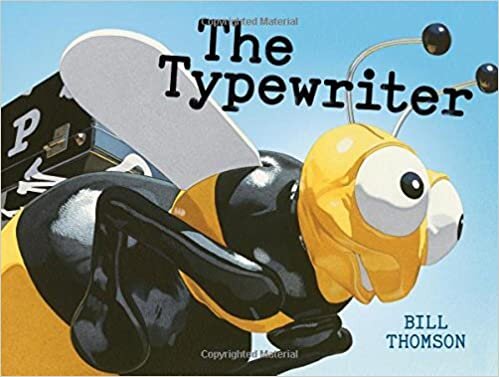Must-Have Wordless Picture Books
Today, we’re talking about one of my absolute favorite therapy tools: wordless picture books. Nothing gets me quite as excited as finding a new wordless picture book.
Why do I love wordless picture books?
Many kids with expressive language disorders rely on reading rather than using their language skills to describe pictures in a book. When asked to describe a picture scene, children may read the text on the page without fully comprehending its meaning. When children read text verbatim, it can be challenging for them to generate novel phrases or sentences to accurately describe the story in their own words. While it’s of course critical we work reading skills too, wordless picture books are an effective way to encourage spontaneous language, which is a skill we may lose sight of as kids are learning to read.
Wordless picture books are adaptable and can be used with kids of varying ages and language levels. In addition to using wordless picture books to promote longer phrases and sentences, they are an effective way to also encourage:
Making inferences and predictions
Asking and answering “wh-” questions
Providing commentary on what might be happening
Identifying emotions and feelings
My Favorite Wordless Picture Books
Chalk by Bill Tomson: How will three children escape a dinosaur created with magical chalk? This book is the perfect way to work on narrative formulation, inferencing, and descriptive language skills. Tomson wrote two additional books that follow a similar storyline to Chalk, which I’ve listed below:
Pancakes for Breakfast by Tomie dePaola: Just how much work does it take to make a plate of pancakes? Pancakes for Breakfast is a great book to read before you make your weekend brunch.
The Boy & the Book by David Michael Slater: What happens when a boy loves a book too much? Use this book to work on describing emotions, inferencing, and making predictions as you adventure alongside a book's escape attempt.
The Lion & the Mouse by Jerry Pinkney: How can a lion and a mouse become friends? This book depicts an unexpected friendship as a mouse saves a lion from its captors.
Journey by Aaron Becker: In a mystical world, how can a girl save a bird from captivity with just a piece of chalk? Her creativity and quick wit may be enough to outsmart the enemies. I’ve also listed sequels to Journey below:
Tuesday by David Wiesner: Not your average Tuesday. Things seem to get crazier and crazier in this book as flying frogs wreak havoc in a small town.
Ball by Mary Sullivan: What happens after a boy leaves his dog to go to school? Find out how desperate this dog is to find someone to play with while his best friend is busy learning.
Fly! by Mark Teague: When a baby bird is scared to fly, it tries to convince its mom of all the other ways it could get around. Watch your child’s imagination run wild as they describe the baby bird’s crazy ideas.
What are your favorite wordless picture books? How do you use them at home or in therapy?













